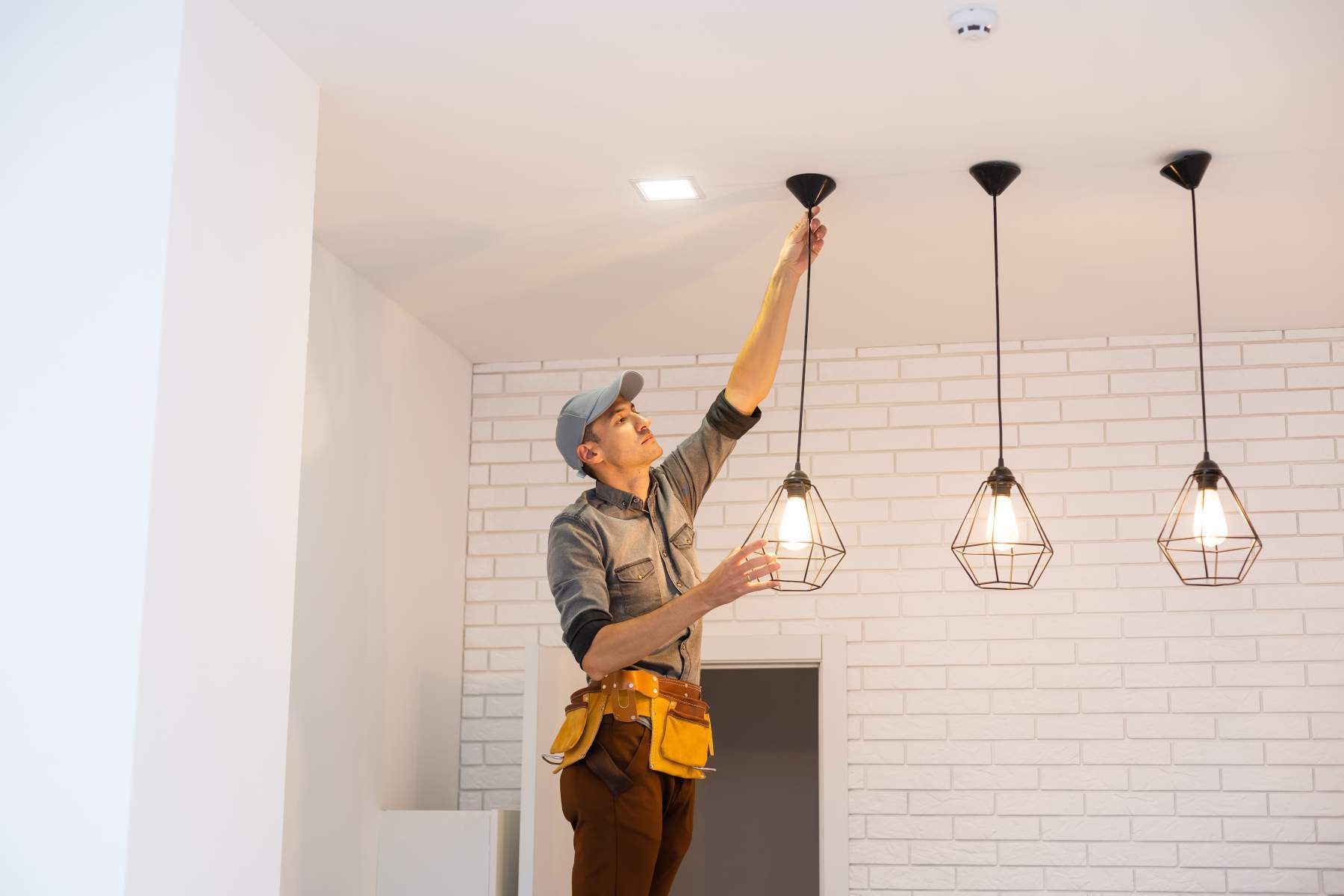
Understanding Surge Protection for Your Home and Business
Power surges represent one of the most underestimated threats to electrical systems in Birmingham, AL and surrounding areas like Mountain Brook, Vestavia, and Hoover. These sudden voltage spikes can occur in milliseconds, delivering thousands of volts through your electrical system when normal household voltage should remain around 120 volts. At Stegall, we’ve seen firsthand how devastating unprotected surges can be to HVAC systems, major appliances, and sensitive electronics. Lightning strikes cause the most dramatic surges, but everyday occurrences like utility grid switching, downed power lines, and even large appliances cycling on and off create smaller surges that accumulate damage over time.
The financial impact of surge damage extends far beyond replacing a damaged television or computer. Modern HVAC systems contain sophisticated control boards and variable-speed motors that cost thousands of dollars to replace when surge damage occurs. Your refrigerator, washer, dryer, and other major appliances all contain electronic control systems vulnerable to power fluctuations. Even LED light bulbs, which have become standard in most homes, contain delicate electronic drivers that fail prematurely when exposed to repeated small surges. We provide electrical repair services throughout Helena, Homewood, and the greater Birmingham area, and surge damage consistently ranks among the most expensive yet preventable problems we encounter.
How Surge Protectors Work
Surge protectors function as electrical gatekeepers, monitoring voltage levels and diverting excess electricity away from connected devices. The core component in most surge protectors is the metal oxide varistor (MOV), a semiconductor that changes resistance based on voltage levels. Under normal conditions, the MOV presents high resistance, allowing electricity to flow normally to your devices. When voltage spikes above safe levels, the MOV’s resistance drops dramatically, creating a path for excess electricity to flow to the ground wire rather than through your equipment. This reaction happens in nanoseconds, faster than the surge can damage sensitive electronics.
Quality surge protectors incorporate multiple MOVs along with additional protective components like gas discharge tubes and silicon avalanche diodes. These components work together to handle different types of surges, from the massive but brief spikes caused by lightning to the longer-duration surges from utility problems. The joule rating indicates how much energy a surge protector can absorb before its protective components fail. Higher joule ratings mean better protection, but even the best surge protector has a finite lifespan. Each surge event degrades the MOVs slightly, which is why we recommend replacing surge protectors every three to five years, or immediately after a known major surge event.
Whole-House Surge Protection Systems
While plug-in surge protectors offer localized protection, whole-house surge protection systems provide comprehensive defense at the electrical panel level. We install these systems directly at your main electrical panel, where they monitor all incoming power and stop surges before they enter your home’s wiring. This approach protects everything connected to your electrical system, including hardwired devices like ceiling fans, built-in appliances, and your HVAC equipment. Our commercial, industrial and residential HVAC, plumbing, and electrical support services 24 hours a day, 7 days a week include surge protection installation and maintenance because we understand how critical these systems are for protecting your investment.
Whole-house surge protectors handle much larger surges than plug-in units, typically rated for 20,000 to 40,000 amps compared to the 6,000-amp rating of quality plug-in protectors. They also respond faster, catching surges at the point of entry rather than after they’ve already traveled through your home’s wiring. The installation process involves connecting the surge protector to your main panel’s bus bars and running a ground wire to your home’s grounding system. This work requires proper electrical expertise and permits, which is why professional installation ensures both safety and optimal performance.
Selecting the Right Surge Protection Strategy
Effective surge protection requires a layered approach combining whole-house protection with point-of-use devices for sensitive electronics. We recommend starting with whole-house protection to handle large surges and protect your home’s infrastructure. Then add quality plug-in surge protectors for home entertainment systems, computers, and other valuable electronics. This two-stage approach provides redundancy, with each layer catching surges the other might miss.
- Essential features to look for in surge protectors: UL 1449 certification for safety standards, indicator lights showing protection status, adequate joule ratings for your specific needs, and sufficient outlets with proper spacing for large adapters
- Warning signs that surge protection needs updating: frequently tripping circuit breakers, flickering lights during normal weather, electronics failing prematurely, burning smells from outlets, or visible damage to existing surge protectors
Installation and Maintenance Considerations
Professional installation ensures surge protectors integrate properly with your electrical system’s grounding, which is crucial for effective operation. Poor grounding renders even the best surge protector ineffective, as excess electricity has nowhere safe to discharge. We test grounding systems during installation and can upgrade inadequate grounding to meet current electrical codes. The installation location also matters, as surge protectors work best when installed as close as possible to the main electrical panel with the shortest possible ground path.
Regular maintenance involves testing surge protectors annually and inspecting for physical damage or wear. Many modern whole-house surge protectors include LED indicators showing operational status, but these should be verified with proper testing equipment. We also check that your electrical panel and wiring can handle the surge protector’s requirements, as older panels may need upgrades to accommodate modern surge protection systems. After any significant storm or known power surge event, immediate inspection ensures your surge protection remains functional.
Cost-Benefit Analysis of Surge Protection
The investment in comprehensive surge protection typically ranges from a few hundred to several thousand dollars, depending on your property’s size and protection needs. Compare this to the potential losses from surge damage: a central air conditioning system replacement costs $5,000 to $10,000, a refrigerator runs $1,000 to $3,000, and home entertainment systems often exceed $2,000. Beyond replacement costs, consider the inconvenience of living without essential appliances while awaiting repairs or replacements. Insurance may cover some surge damage, but deductibles and coverage limits often leave homeowners paying substantial out-of-pocket expenses.
The return on investment becomes even clearer when considering that surge protection extends equipment lifespan by preventing cumulative damage from minor surges. HVAC systems protected from surges typically last several years longer than unprotected units, as their control boards and motors avoid the stress of voltage fluctuations. This longevity benefit alone often justifies surge protection costs, even without considering catastrophic surge events. For businesses, surge protection becomes even more critical, as equipment downtime translates directly to lost revenue and productivity. Our electrical repair services throughout Birmingham and neighboring communities consistently demonstrate that prevention through proper surge protection costs far less than repairing surge damage after it occurs.

